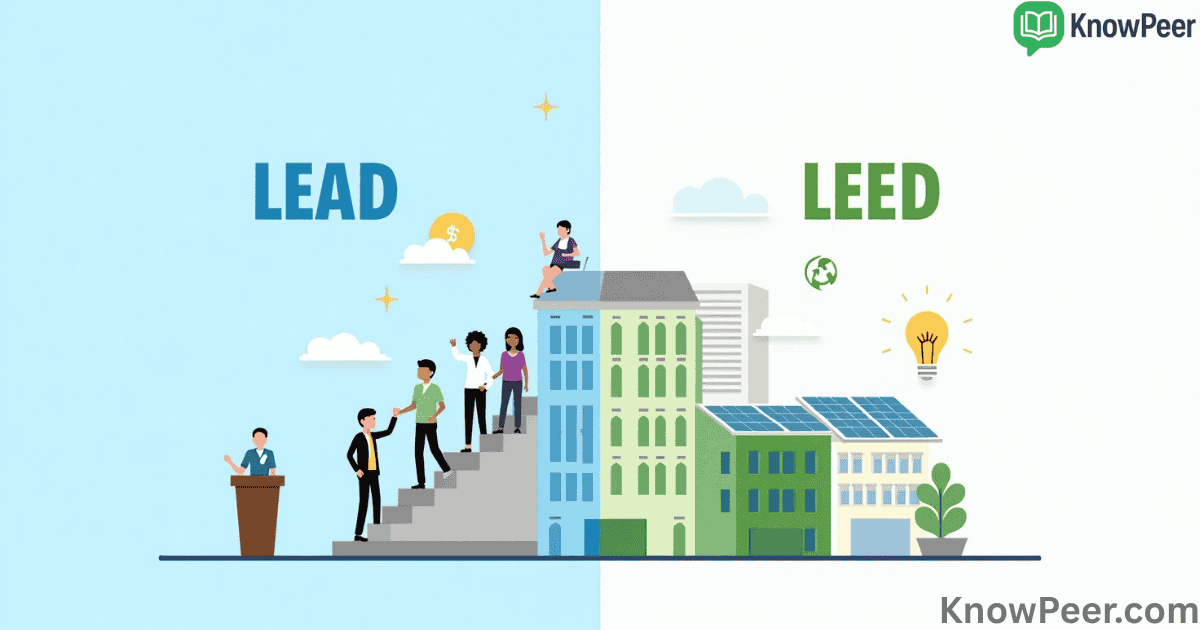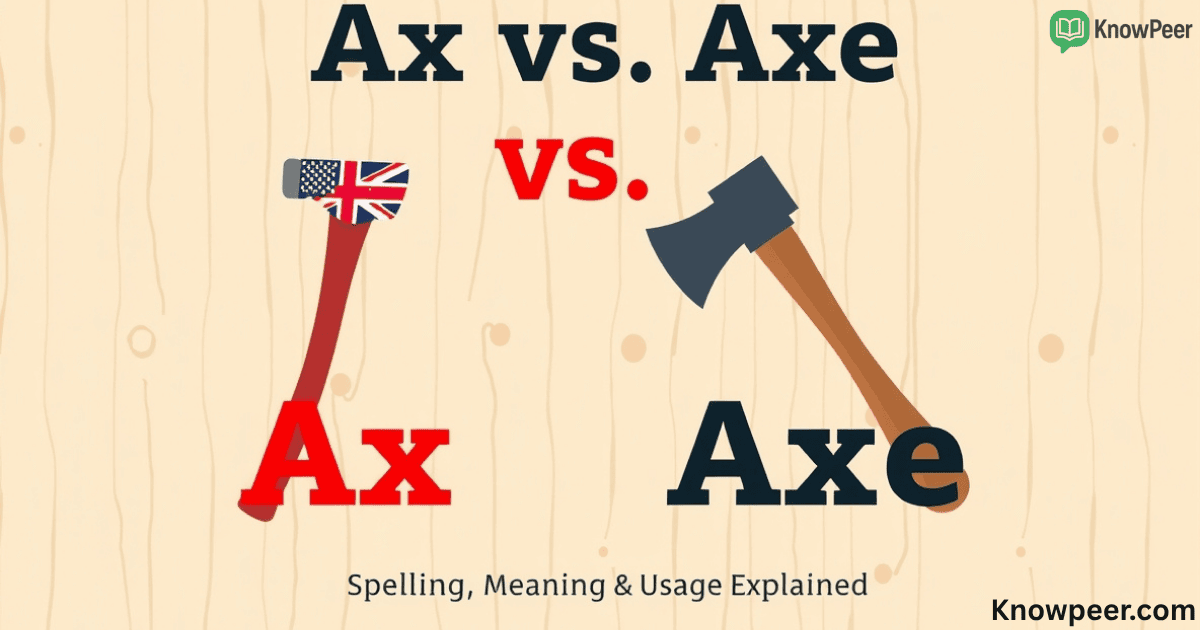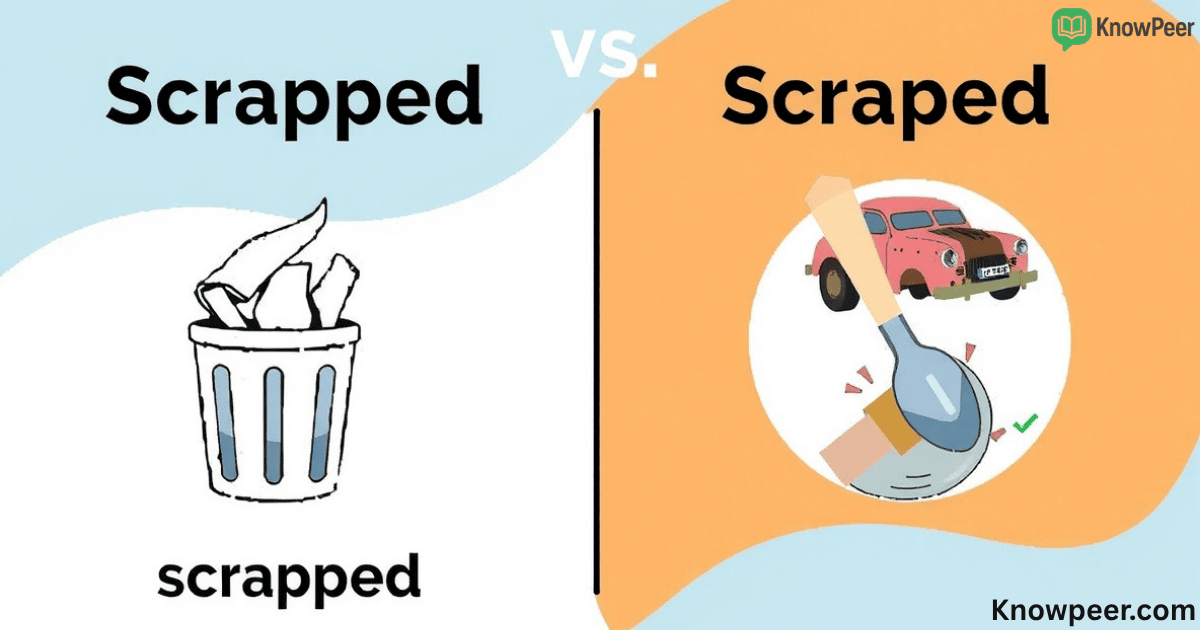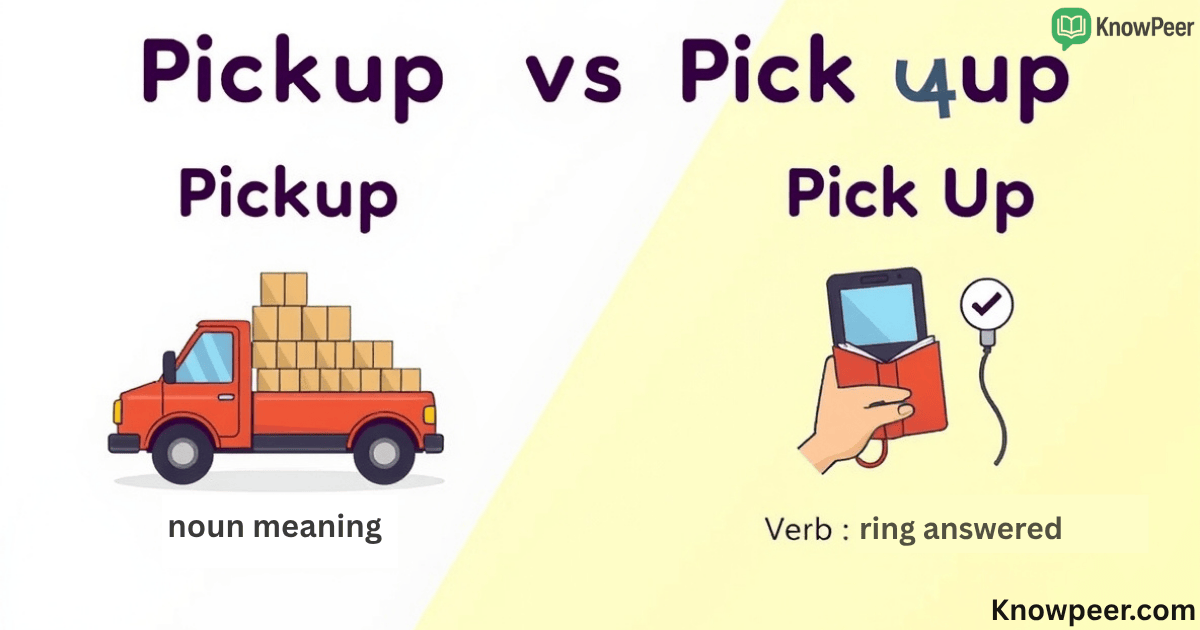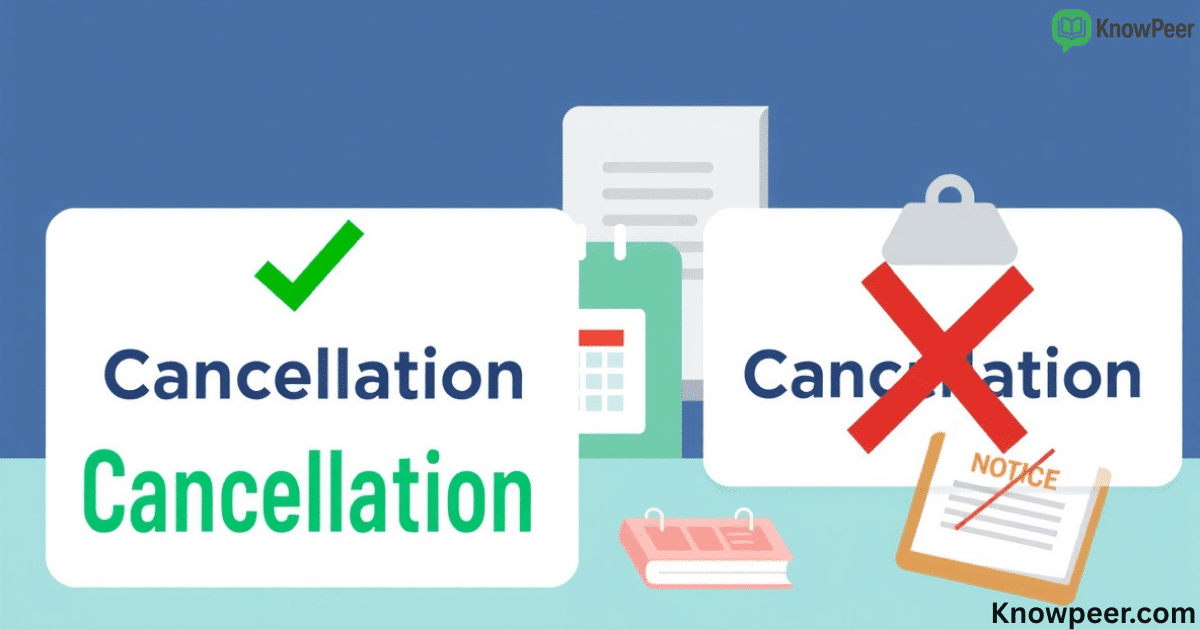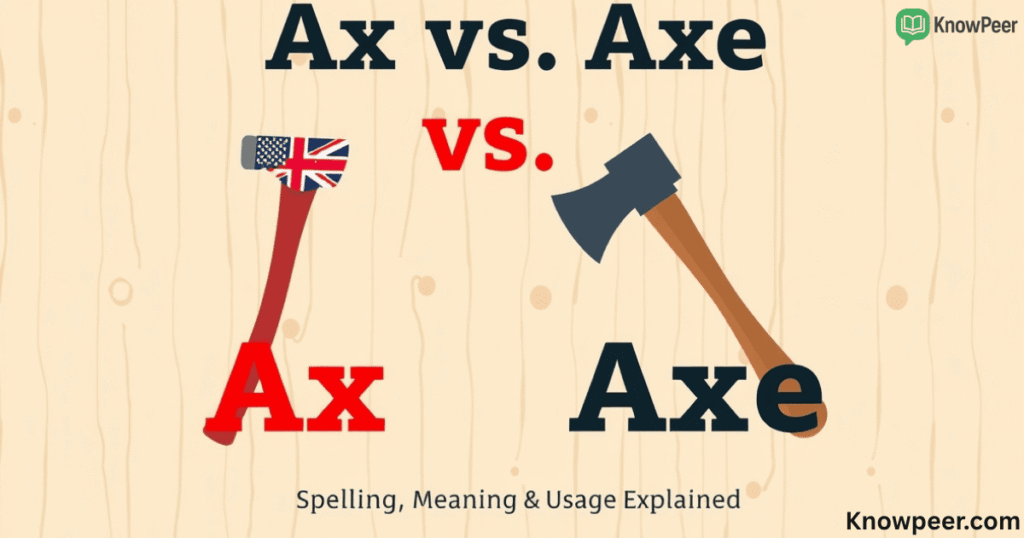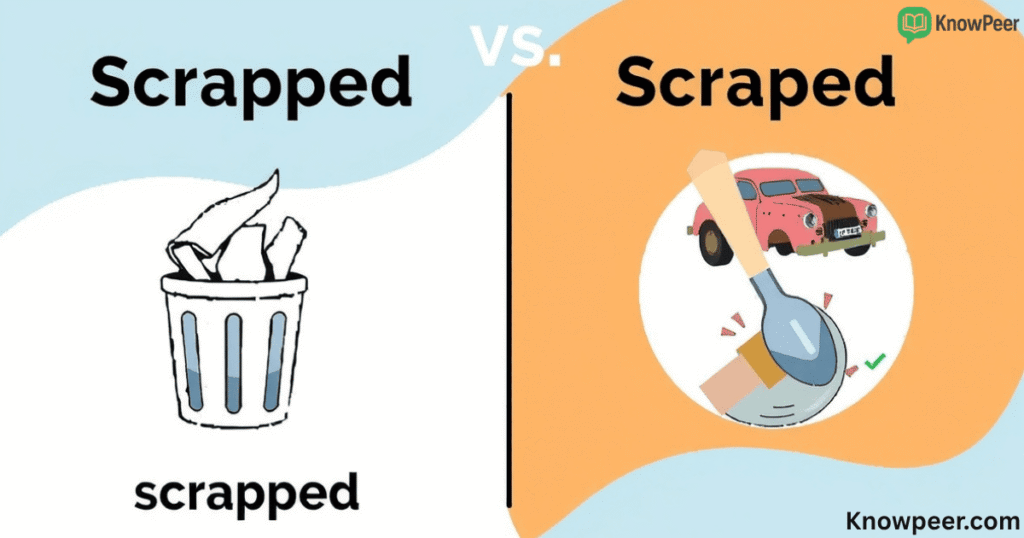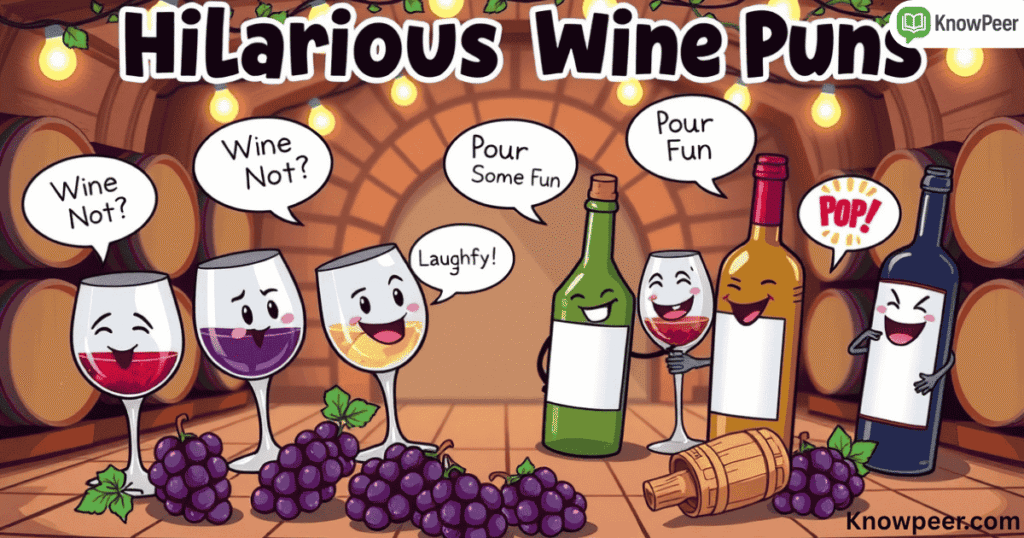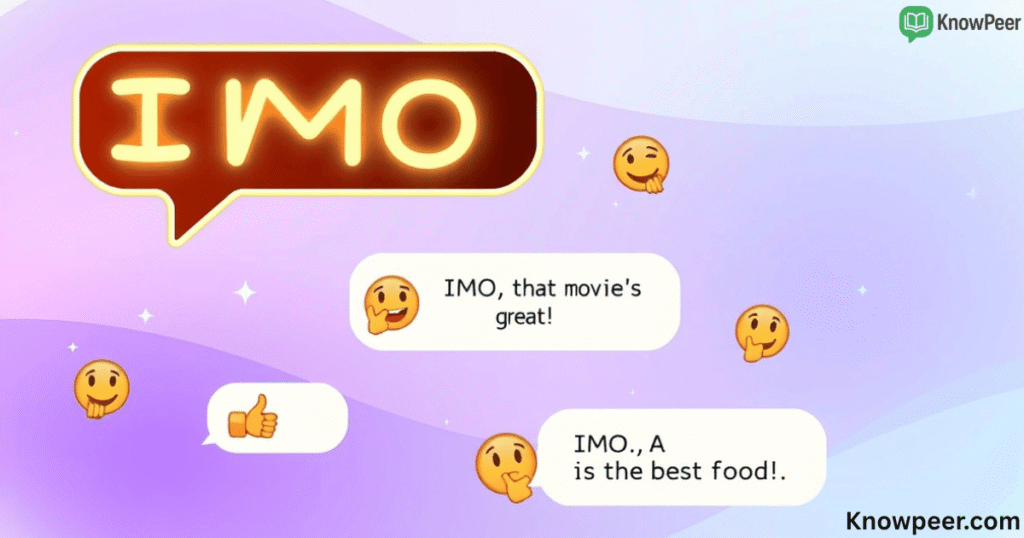Lead vs LEED: Clearing the Confusion
Many people get confused between lead and LEED. These words sound the same but mean very different things. This kind of mix-up is common with homophones—words that sound alike but have different meanings and spellings. The lead vs LEED confusion can create big problems, especially in professional fields like construction, architecture, or digital marketing.
The word “lead” is old and has many uses. It can be a verb, noun, or adjective, and it appears in many areas of life. On the other hand, “LEED” is not even a real word in the dictionary. It’s an acronym for Leadership in Energy and Environmental Design, a program for green building certification. These two terms may sound similar, but they serve different purposes in writing and real-life usage.
Understanding “Lead”: One Word, Many Meanings
Let’s look at how the word lead changes depending on how it is used. As a verb, it means to guide, like when a manager leads a team. We use it in phrases like lead the way, lead a meeting, or lead generation in marketing. As a noun, it could mean the metal lead (Pb) found in pipes, paint, or batteries, and it is dangerous to health. This is where terms like lead poisoning, lead in water, and lead contamination come from.
When used as an adjective, “lead” means something at the front or most important. You might hear about a lead actor, lead architect, or lead buyer. All these forms use the same spelling, but their meanings depend on the context. That’s why it’s one of the most commonly confused words in English. Here’s a breakdown in the table below.
| Form | Meaning | Example |
| Verb | To guide or direct | She will lead the project team. |
| Noun | A toxic metal (Pb) | The old pipes contain lead. |
| Adjective | Main or primary | He is the lead actor in the film. |
What is LEED? A Modern Acronym for Green Buildings
LEED stands for Leadership in Energy and Environmental Design. It’s a certification system created by the U.S. Green Building Council (USGBC). This program helps people design and build eco-friendly architecture. It checks if buildings are good for the environment, use energy wisely, and follow sustainability in real estate.
A LEED-certified building earns points based on how well it meets environmental goals. Points are awarded for things like using less energy, saving water, using non-toxic materials, and being close to public transport. The more points you get, the higher your LEED level. These include LEED Silver, LEED Gold, and LEED Platinum. See the levels in the table below.
| LEED Level | Points Required |
| Certified | 40–49 points |
| Silver | 50–59 points |
| Gold | 60–79 points |
| Platinum | 80+ points |
How to Know When to Use “Lead” or “LEED”
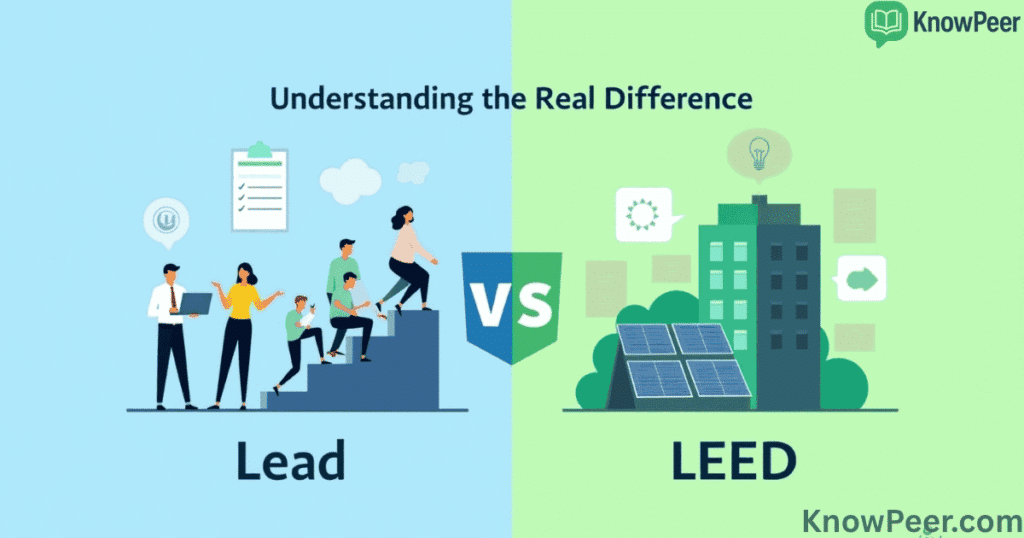
Understanding when to use each word depends on the field you’re working in. If you’re talking about marketing, sales, health, or film, you probably mean lead. Examples include sales lead, digital marketing lead, and lead magnet. You might also hear people speak about lead pipes in old homes, or lead-based materials in industrial settings.
But if you’re discussing green construction, eco-conscious design, or energy-efficient buildings, then LEED is the right term. You’ll often see it in building regulations for sustainability, LEED compliance, or LEED standards for hospitals. Here’s a quick comparison to help you remember the difference.
| Term | Correct Context | Example |
| Lead | Business, health, media | The manager will lead the meeting. |
| LEED | Green building and design | Our office is LEED certified. |
Examples from Real Life
In everyday life, the difference between lead vs LEED shows up more often than people realize. For example, if you’re watching a movie, you might hear someone talk about the lead actor. That simply means the main person in the story. If you’re working in sales or digital marketing, you’ll often hear phrases like lead generation, business leads, or lead buyer, which all refer to potential customers or clients. In all of these cases, “lead” is not about the metal or green buildings—it’s about being in charge, in front, or making connections.
In some cities, there’s even a mix of both. For instance, a city might replace old lead pipes to reduce lead contamination while also constructing a new LEED Platinum community center. In one conversation, both lead and LEED could come up but mean totally different things. That’s why it’s so important to recognize how these terms are used in context. It’s not just grammar—it’s real-world impact.In public health, there’s concern over lead in water, especially in older cities where lead pipes were used. Governments invest in removing these pipes to prevent lead contamination. Meanwhile, LEED standards focus on avoiding such toxic materials in modern buildings. The aim is to create a safer, greener future.
Avoiding Common Mistakes
Mixing up lead vs LEED is more than a small typo—it can change your entire message. These commonly confused words create problems in writing, business communication, and even legal documents. One mistake many people make is assuming both words are interchangeable because they sound the same. This is a classic case of homophones confusion, where the spelling doesn’t match the meaning. Unfortunately, spelling errors with these two terms often lead to misunderstanding, especially in professional settings.
Let’s look at a simple example. Writing “We aim for lead certification” in a project proposal makes it sound like the team is focused on using lead metal (Pb), not following green building certification. This can damage your credibility. On the other hand, writing “She has a LEED role in sales” is equally wrong, since the proper phrase is lead role. To avoid this, always reread your work and ask: Am I talking about energy efficiency or toxic materials? Am I discussing marketing or architecture? Context always provides the answer. Use tools like Grammarly, style guides, or even a simple Google search to check your usage. And if you’re still unsure, replace the sentence entirely with clearer language. Accuracy shows professionalism and prevents mistakes that might cost you deals, trust, or clarity.For example, saying someone has a LEED role in a company makes no sense. It should be lead role. Similarly, saying a building has lead certification is incorrect. It should be LEED certification. Always double-check what you’re writing. Use grammar tools or just search online if you’re unsure.
Why It Still Matters Today
The way we use words that sound alike can affect everything from communication to business deals. In the digital world, SEO, marketing, and content creation depend on using the right term. If a user is searching for a LEED certified building, and you keep writing lead certified, they may never find your site. It’s also about clarity. Your words must match your meaning.
And from a health and safety point of view, the danger of lead contamination is no small matter. Mixing up the term could cause confusion in public service announcements, or even legal documents. Likewise, developers looking to meet LEED design standards need to be clear and accurate in every piece of paperwork. These words carry weight—literally and figuratively.
Case Study 1: Business Leadership vs. Lead Poisoning
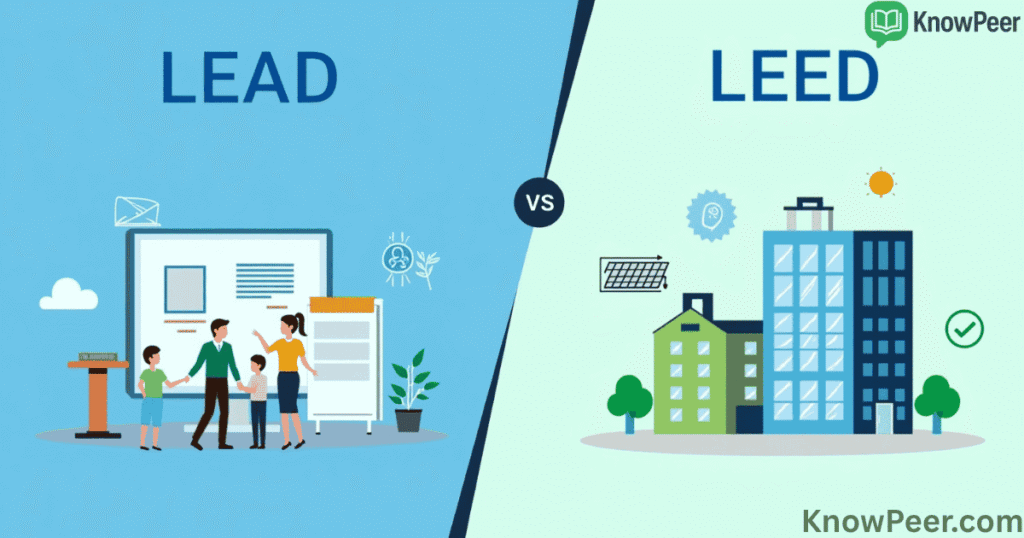
Consider a company launching a new lead generation campaign. Their goal is to find more digital marketing leads and improve conversions. Their strategy includes lead magnets like free eBooks and webinars. In this case, “lead” is used in the marketing sense. But a different department in the same company may be handling building safety, where there’s an issue of lead paint in the office walls. The confusion here isn’t just grammatical—it could affect budgets, operations, and even health.
Case Study 2: LEED Certified Campus vs. Lead in Water Crisis
A university recently opened a LEED Gold certified science building. The facility uses solar panels, low-flow plumbing, and eco-friendly materials. This is a strong example of how LEED in architecture promotes sustainability. But a few miles away, an old dormitory was shut down due to lead in the water supply. Again, the same community had to talk about both LEED and lead, but in very different ways. This shows why clarity is vital.
The Path Forward: Speak and Write with Confidence
To avoid mistakes, always think about what you’re really trying to say. Are you talking about leadership, marketing, or health risks? Then use lead. Are you referring to eco-friendly architecture, green construction, or real estate certification? Then it’s LEED. Simple tests like these will help you get it right every time.
With green design on the rise, LEED certification is becoming more common in urban planning, residential homes, and commercial real estate. At the same time, lead poisoning remains a public health issue. This means we must understand both terms, their uses, and the risks of mixing them up.
Conclusion
In the debate of Lead vs LEED, it’s not just about spelling. It’s about meaning, impact, and communication. Using the wrong term in a proposal, report, or online content could cause confusion or even harm. Whether you’re working in digital marketing, architecture, or public policy, being precise with language shows you care about your work and your audience.
Remember: lead is a traditional English word with many uses. LEED is a modern acronym tied to sustainable building certification. One is about leadership, metal, or marketing, the other is about green building design. Keep them clear in your mind, and you’ll write with more power, precision, and professionalism.
